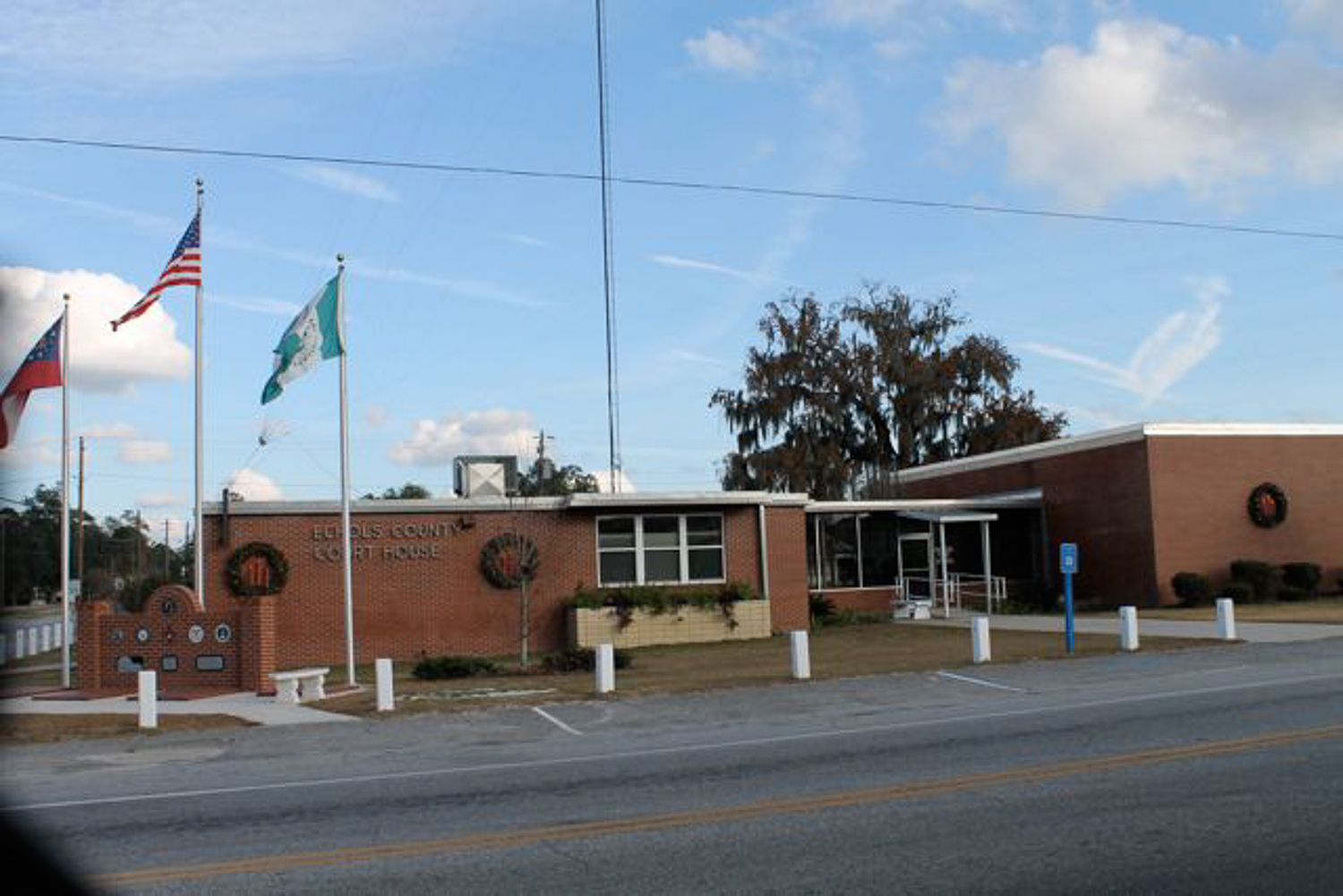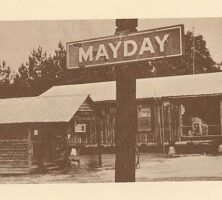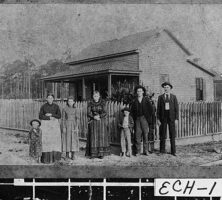Echols County, on Georgia’s border with Florida, was carved from Clinch and Lowndes counties in 1858 and named in honor of Robert M. Echols, who commanded troops in the Mexican War (1846-48) after serving a total of twenty years in the state legislature.
Before white settlers arrived, the inhabitants of the area were Seminole Indians. Sparsely populated, Echols County contains no incorporated towns.
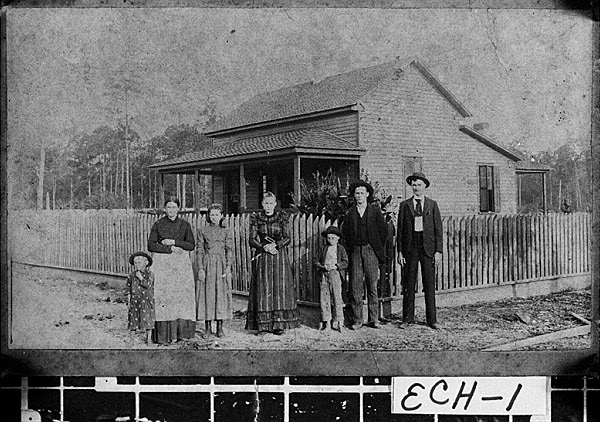
The county seat, Statenville, was first called “Troublesome” after nearby Troublesome Creek. The name was changed when the town was chartered in 1859. There are some stories that its new name was a misreading of “Statesville,” which was subsequently used on some maps, but locals believe that the intent was to name it for James W. Staten, a local farmer and store owner. Two wooden courthouses were used from 1859 until 1897, when the second burned down. The business of government was then carried on in rented halls until 1899. The current courthouse was built in 1956. In 1958 the state legislature redrew the city’s boundaries to include only the courthouse square; this action resulted in the city’s having no residents, and in 1965 Statenville voters turned down the opportunity for a new city charter. Echols County is one of only three in Georgia whose county seat is unincorporated. In addition to Statenville, the county contains the unchartered communities of Fruitland, Haylow, Howell, Mayday, Needmore, Potter, and Tarver.
More than 90 percent of Echols County land is pine forest, most of it privately owned. Historically the economy has been based on agriculture and forestry.
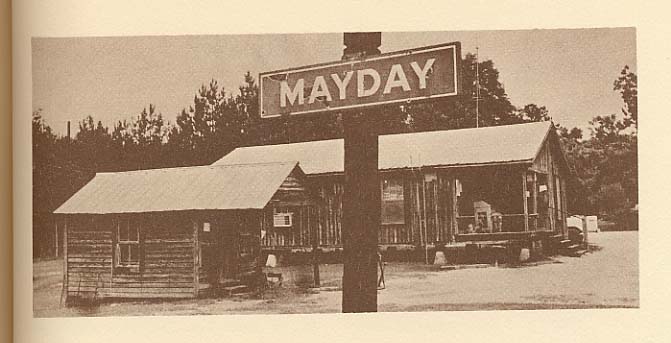
The history of Echols County is dominated by the presence of the Langdale Forest Products Company, founded in 1894 by John Wesley Langdale. Langdale started the business by leasing acres of turpentine timber, and with his sons Billy, Harley, and Noah, he built it into one of the largest wood and wood by-product manufacturers in America. The company owns much of the land in Echols County, although it is based in Valdosta (Lowndes County).
In 1910 the Statenville Railway connected Statenville to Haylow, in the northern part of the county, but the railroad ceased operations in 1924. Despite the county’s isolation, residents have joined together to form a unified school system. Between 1898 and 1945, there were seventy-seven schools scattered throughout the county, many of them open just six months a year. School-bus transportation was first provided in 1917, enabling some of the schools to consolidate their operations, and by 1928 the number of schools had been reduced to fourteen. In 1931 the Echols Consolidated School, a brick building in Statenville, was built, and by 1950 all white schoolchildren in the county attended it. Black schools began consolidating in 1941, and in 1948 the Herctoma School was built for African American children. The two schools were integrated in 1970, forming the Statenville Consolidated School. Situated on the campus of the former Echols Consolidated School, the school was added to the National Register of Historic Places in 1988.

Notable residents include businessman John Wesley Langdale and fiction writer Janice Daugharty.
The Alapaha and Suwannee rivers flow through the county and provide opportunities for fishing and boating.
According to the 2020 U.S. census, the population of Echols County is 3,697, a decrease from the 2010 population of 4,034.





